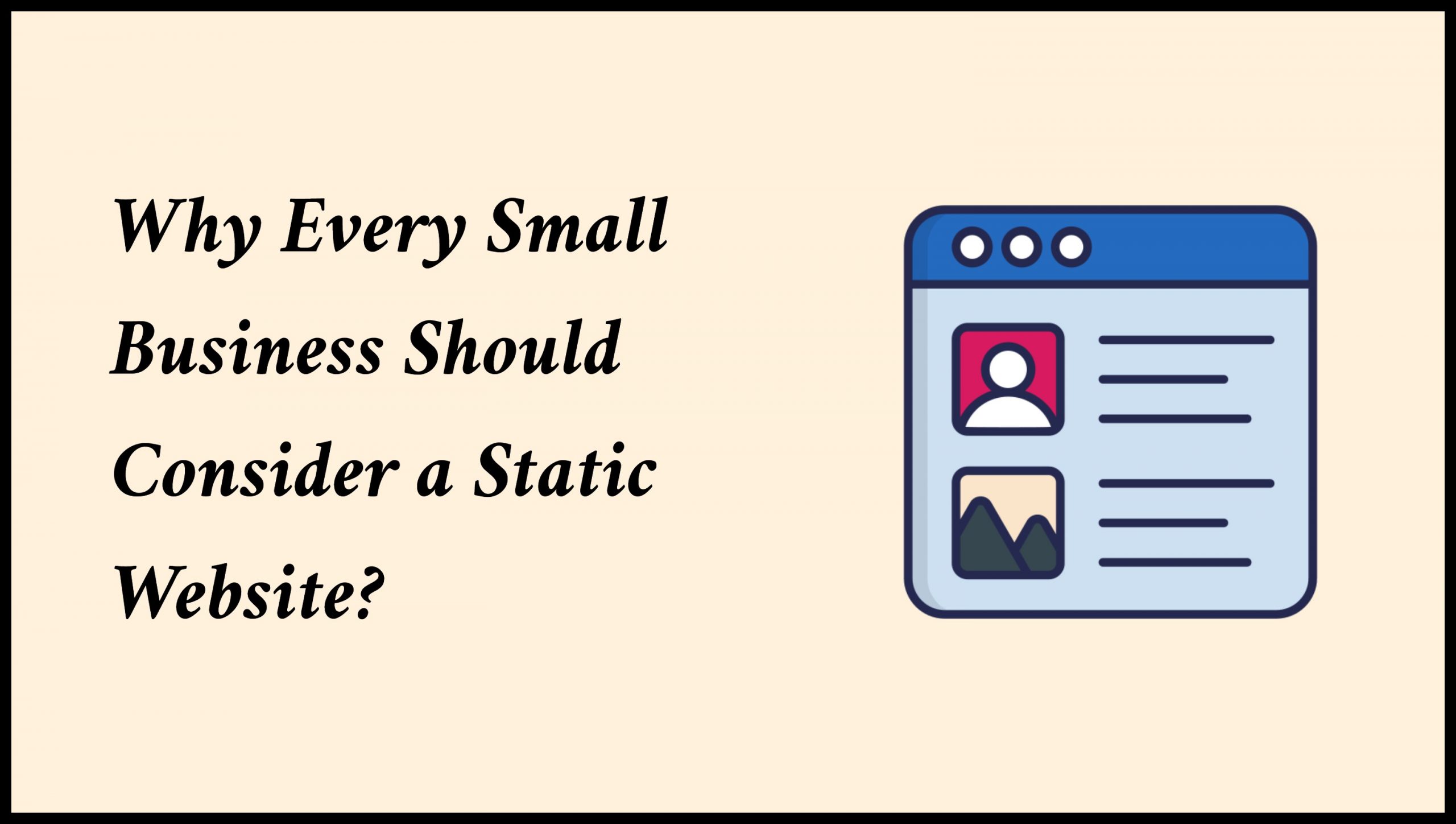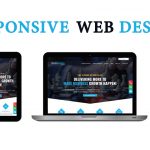Why Every Small Business Should Consider a Static Website?

In today’s digital world, having an online presence is crucial for any business. But here’s the thing—not every business needs a fancy, complicated website. For many, a static website can be the perfect solution, offering simplicity and affordability. Let’s dive into what a static website is, why it’s a smart choice, and how you can create one.
What is a Static Website?
In layman’s terms, it is a site that follows static content. It means it is a static display and will not alter as information changes unless an individual manually changes the content. Static websites are typically made with HTML and CSS, and stored on a server as they are. These are quite simple in nature when you compare them to a dynamic site and because of their simplicity, they tend to be faster and more secure.
Why Build a Static Website?
Why a Static Website — you might be wondering. So, here are some solid reasons:
1. Economical
Static sites are very easy to code and manage, which will bring your initial and forever costs down greatly.
2. Fast loading
Loading static pages is almost instantaneous. In this way, your traffic will not have to wait, which is one of the strongest points for holding their interest.
3. Stable
In comparison to dynamic backend, static sites are less likely to crash or have errors.
4. Secure
Static websites do not use databases or server-side scripts, so this is why it has less possibility of getting hacked.
5. Minimal Maintenance
After you have it running, there is not much maintenance necessary. You have to change it only when you want some new information.
Static Website Features:
When developing a static website, the following are some of the basic features:
1. Simple Design
The design of your static website must be clean and user-friendly. Emphasize clarity and ability to navigate through so that the visitor does not get lost looking for what they are after.
2. Fast Loading Speed
Static sites are very fast! This is because there is no server processing. With the pages already being built, they load almost instantly, improving the experience for users.
3. Responsiveness
Ensure your website is mobile responsive / Looks good on all devices. A responsive design will respond to desktops, tablets and smartphones.
4. SEO-Friendly
Even if it is a static site, you want to make sure that your website could be found on search engines. Use clean HTML, appropriate meta tags, and relevant keywords to help people find your website online.
5. Security
Since they do not rely on databases or complex scripts, it is well known that static websites are more secure. It helps to almost eradicate hacking or any data security breaches.
How to Build a Static Website?
Putting together a static website is relatively easier than you think. These are the steps to guide you through:
Step 1: Plan Your Content
Find the pages which you do need on your website. There are three default pages, Home, About (description) and Contact. Keep it very basic, and just answer the most direct questions of your readers.
Step 2: Choose a tool or designer
Jekyll or Hugo are website builders that help you in construction of your static website. Your other option, of course, is having a programmer do it for you who will charge a set price for their work.
Step 3: Design the Website
Select a clean professional theme. Make sure however that your design is not too busy and overwhelming users with information.
Step 4: Make It Responsive
You do not want your website to be displayed poorly on some devices. Because you really want to nail this, right?
Step 5: Optimize for SEO
Add proper keywords, put meta descriptions and also clean up your HTML to boost your search engine rankings.
Step 6: Publish and Maintain
When your site is ready, you can publish it using Netlify or GitHub Pages. As your static websites have almost no upkeep requirement, you will work on them mostly when you need to update content.
To wrap things up, static websites are a fantastic option for businesses looking for a simple and cost-effective online presence. They load quickly, are more secure, and require very little maintenance. Whether you’re a small business owner or just need a straightforward website, a static site might just be the perfect fit.




